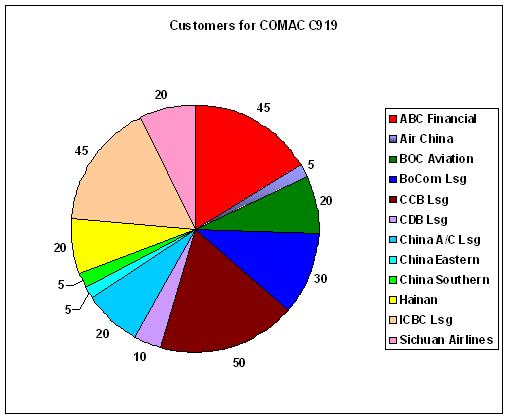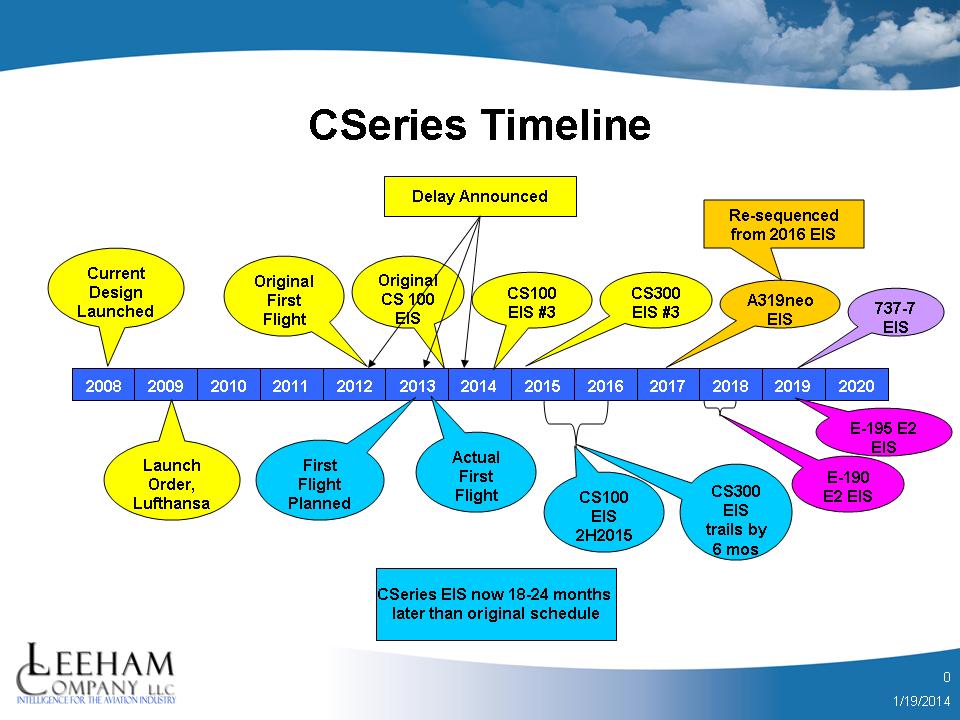Leeham News and Analysis
There's more to real news than a news release.
Odds and Ends: GAO report on ‘Boeing’s bank;’ C919; Airbus widebody strategy
GAO report on ‘Boeing’s bank:’ The US Government Accounting Office, a non-partisan investigating agency, completed a study of the funding and guarantees provided by the US ExIm Bank, which is under criticism from Congressional Republicans, and concluded non-US airlines do benefit from what amounts to subsidies.
These put US competitors at a disadvantage, GAO concludes. The full 29 page PDF may be found here.
The study period covered the global financial crisis, during which a good deal of private capital funding dried up. Airbus and Boeing each relied more heavily on export credit agencies for customer financing–ExIm in Boeing’s case and collectively European Credit Agencies, or ECAs, for Airbus.
The GAO found that ExIm funded or guaranteed financing for 789 Boeing wide body aircraft while the ECAs supported 821 Airbus wide-bodies.
Parenthetically, this statistic alone should demonstrate to Congress the need for ExIm to continue to be available for Boeing airplanes.
The deeper, longer term implications of IAM’s Boeing contract vote January 3
There are deeper, longer term implications for the January 3 vote by IAM 751 members on the revised contract proposal from Boeing than have been discussed in the public domain.
- Contract extension to 2024 brings “labor peace,” but also significantly weakens the union in the future.
- The replacement for the Boeing 757 lurks in the background.
- So does the replacement for the 737 MAX.
The near-term implications have been discussed ad nausea: for employees, vote for a contract that includes concessions, notably on pensions, or risk losing the assembly site for the 777X. For the states, Washington could be a winner, or a big loser. The state that’s awarded the assembly site would be a big winner. Suppliers will supply Boeing regardless of where the 777X is assembled.
Another near-term implication we’ve talked about: the fall-out on the IAM, both at the International level and the District 751 level. No matter how the vote turns out, there is a civil war within 751 members who are royally upset with their leadership and others who believe in it. The civil war between 751 and IAM International HQ will continue well beyond the vote, with the prospect that International could simply depose all the 751 leaders and place 751 under a trustee “for the good of the union.”
But there are much longer term implications of the vote.
CFM LEAP accelerating in test program; Airbus and the A350-800
Aviation Week has a long, detailed story about the test program for the CFM LEAP engine, which is accelerating rapidly.
In its 737 MAX program update yesterday, Boeing said the LEAP-1B has begun testing and it will benefit from the testing already underway for the LEAP-1A, the version that is designed for the Airbus A320neo family. The LEAP-1C for the COMAC C919 is on its original schedule for certification in 2015, despite the fact the C919 has slipped to at least 2017, reports AvWeek.
The 737 MAX is exclusively powered by the LEAP, as is the C919. The former has more than 1,600 firm orders and the latter just hit its 400th order/commitment. CFM faces competition on the A320neo family from Pratt & Whitney’s P1000G Geared Turbo Fan, where PW holds a 49% market share against CFM, which previously held a larger, more dominate position in the A320ceo competition. A large number of orders don’t yet have an engine selection.
PW is the sole-source engine provider for the Bombardier CSeries, the Mitsubishi MRJ and the Embraer E-Jet E2. PW splits the engine choice on the Irkut MC-21 (soon to be renamed the YAK 242) with a Russian engine.
Just as Boeing’s LEAP-1B will benefit from the experience of the LEAP-1A now in testing for Airbus, Airbus will benefit from the testing and experience of PW’s testing of the GTF on the Bombardier CSeries.
Aviation Week also has a story about the Airbus A350-800 with the blunt headline, The airplane Airbus doesn’t want to build. This refers to the A350-800. AvWeek muses that the outcome of the merger between US Airways, now the largest customer for the airplane, and American Airlines, may be the deciding factor for the airplane. We agree. With American’s large order for the Boeing 787-9, the A350-800 would be unnecessary.
That would then leave Hawaiian Airlines as a key decision-maker. We hear in the market that Hawaiian is just sitting back and waiting to see what kind of incentives Airbus will offer to entice a switch to the larger A350-900.
Odds and Ends: AA, US and DOJ have mediator; new C919 order; A380 break even
Movement on AA-US merger: Terry Maxon of The Dallas Morning News reports that American Airlines, US Airways and the Department of Justice have picked a mediator to sort out the DOJ’s lawsuit to block the AA-US merger. See also this Maxon report.
Maxon has a long piece, asking several pontificators (including yours truly) what they think the outcome will be.
Bloomberg reports that American CEO Tom Horton “sees a way” to a settlement but did not elaborate.
 COMAC orders: COMAC says it received 20 more orders for the C919, but it once again is from a Chinese lessor, not an airline. A majority of orders for the C919 are from Chinese lessors, in stark contrast to standard practice among established lessors that they want to see a solid base (or a likely solid base) for a new aircraft type from airlines before signing up.
COMAC orders: COMAC says it received 20 more orders for the C919, but it once again is from a Chinese lessor, not an airline. A majority of orders for the C919 are from Chinese lessors, in stark contrast to standard practice among established lessors that they want to see a solid base (or a likely solid base) for a new aircraft type from airlines before signing up.
Although COMAC says this latest order brings the total up to 400, a data base shows only 275 so far (meaning the other 125 haven’t been converted to firm orders yet).
A380 Break Even: Airbus CEO Fabrice Bregier says hitting break even on the A380 program in 2015, which is the current plan, will be difficult if deliveries fall below the target of 30 per year. Airbus should deliver 25 this year, he said.


